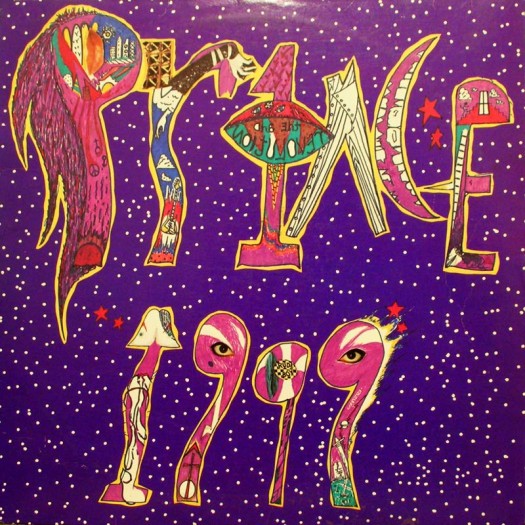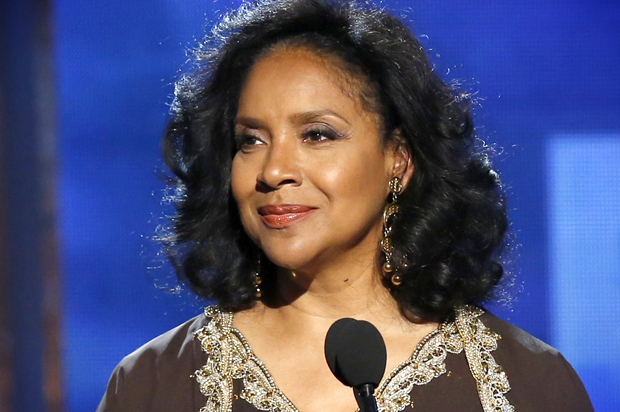
by Christopher A. Daniel
Remember a time in pop culture when a black presence in music videos was a big deal? What about when minimalist musical production and incredible songwriting were both innovative and progressive?
Well, Prince’s 1982 electro-funk opus, 1999, comes to mind. Released October 27, 1999 is not only the most experimental and successful album of Prince’s then five album catalogue. It introduces the prolific artist as a force to be reckoned with on a then racially segregated music video rotation cycle, radio formats post-disco in which black acts could barely leave an imprint. His Royal Badness’ LP 1999 entered the Billboard charts and solidified Prince’s role in music history as one of the most influential musicians across all genres. 1999 is the first album in which The Revolution is credited — in reverse — on the album’s cover art.
The polyrhythmic Linn LM-1 drum programming and cascading Oberheim OB-X synthesizer coos, whistles and crashes epitomized the “Minneapolis Sound,” but the one man band brought the substance to explore it. At that moment in Prince’s career, 1999’s 11 tracks were bold statements. The sequencing consists of extended cosmic funk and hypnotizing dance floor jams that easily give then electronic musical heavyweights Arthur Baker, Afrika Bambaataa, Jellybean Benitez, Juan Atkins, Giorgio Moroder, Brian Eno and Kraftwerk (i.e. “Automatic,” “All The Critics Love U in New York” and “Lady Cab Driver”) stiff competition.
From the suggestive title track alone, the distorted, tortoise-like disclaimer in the opening sequence indicates a nuclear apocalypse destined for the future of popular music. The song’s three-part harmony, inspired by Sly & the Family Stone, sets the tone for the 70-minute album – released on double vinyl — to work wonders for Prince. His first Top-Ten crossover single, “Little Red Corvette,” with its creeping synth melody, is clever lyricism and wordplay paying homage to the genitalia. Strip down “Delirious” from its programmed acoustics, and it could stand as one of Elvis Presley’s rockabilly numbers. The ticking, Devo-like “Something In the Water (Does Not Compute)” allows the scorned poet to lament over his heartbreak and hopeless romanticism.
1999’s sexual antithesis emerges. Never one to mince words, Prince’s erotic excess and self-indulgence comes off as a strength without being ubiquitous or blatantly vulgar. Remember, this is the same artist who under the alter ego, The Starr Company, was instrumental in assembling the sexy female trio Vanity 6, whose sizzling single, “Nasty Girl,” was a R&B and club smash. The Time, the ensemble under the same production pseudonym, released their impressive sophomore effort, What Time Is It? featuring the singles “777-9311,” “The Walk” and “Gigolos Get Lonely Too” in August. “Let’s Pretend We’re Married” finds the artist lusting for a tryst. “International Lover” is a siren-like ballad featuring Prince’s trademark falsetto and an aircraft metaphor for an orgasm. The echoing “D.M.S.R.” and the somber “Free” (another falsetto highlight) both stress the importance of liberation and self-definition.
The fifth best-selling release of 1983, Prince’s first Top Ten album and making several critics’ picks since its release, 1999 is a gem that epitomizes the flow of music and how embracing technology can be of value. Considering that Thriller would follow two months after 1999’s release and Michael Jackson breaking the color barrier on MTV shortly thereafter, 1999 marks yet another moment in pop music that prepares listeners for the Digital Age.
Christopher A. Daniel is a pop cultural critic and music editor for The Burton Wire. He is also a contributing writer for Urban Lux Magazine and Blues & Soul Magazine. Follow Christopher @Journalistorian on Twitter.
Like The Burton Wire on Facebook. Follow us on Twitter @TheBurtonWire.com.








